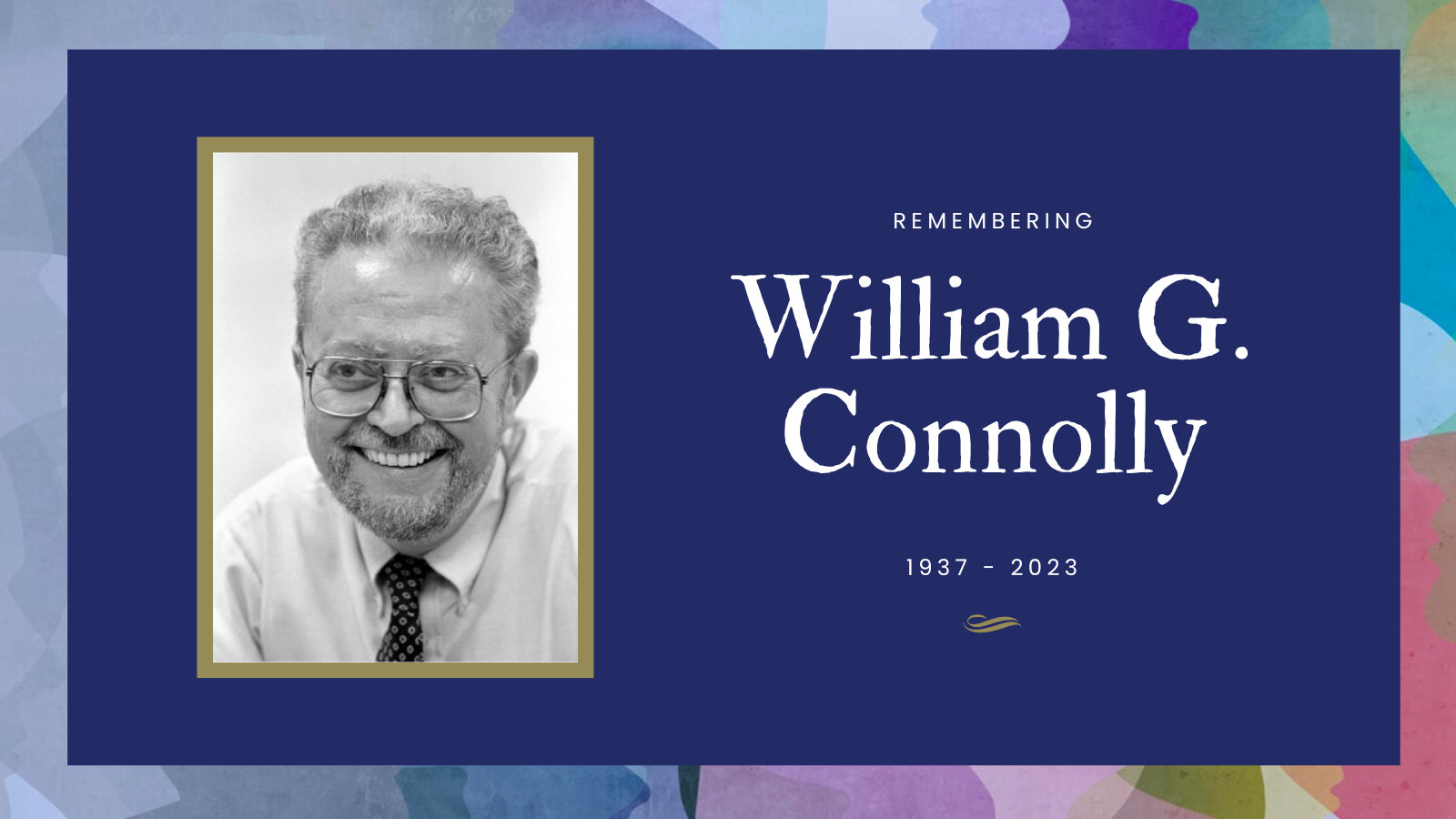Maynard Regional Training in Fort Worth, Texas Builds Skills, Community for Editors and Managers
A recap of our most recent Regional Training at Texas Christian University Bob Schieffer College of Communication in…

We at the Maynard Institute were saddened to learn of the passing of William G. “Bill” Connolly on December, 12, 2023. In addition to working at The New York Times for 30 years as an editor, Bill served as a Maynard Institute faculty member. His staunch allyship serves as enduring inspiration for us all. The obituary in the New York Times describes how “He sought diversity in the newsroom and oversaw the paper’s ethical guidelines.” A statement shared online by his family adds, “Bill was proudest of the work he did to advance the careers of young journalists, including 20 years as a senior faculty member at the Maynard Institute for Journalism Education’s program for BIPOC journalists and decades of workshops for the Dow Jones News Fund’s residency programs.”
We reached out to some members of our extended Maynard Family to share their memories of Bill for this blog.
Stephen Montiel, president of the Maynard Institute from 1988 to 2000, shared the following:
Bill Connolly, a fierce defender and supporter of the Maynard Institute’s Editing Program, selflessly shared his passion for editing excellence with a generation of journalists, mostly people of color, who made the transition from reporting to editing.
The Maynard Institute had conducted an Editing Program pilot in 1979 in conjunction with the Summer Program for Minority Journalists at the University of California, Berkeley. With Frank Sotomayor as its first director, the Editing Program for Minority Journalists was launched at the University of Arizona Journalism Department in 1980.
Bill, then an editor at the New York Times, was among the first journalists to step forward as a faculty member. In that era, the program ran for an entire summer. Some participants left jobs in order to be in the program and accepted the job placement offered by the institute. Many of the faculty would teach for weeks at a time and some used their vacations to be part of the program.
Always the consummate editor, Bill was also a heroic leader of efforts to diversify the content of news during the 1980s and 1990s.
Bill’s students in the Maynard editing program integrated the editing ranks of daily newspapers and became newsroom leaders.
Bill remained steadfast in his commitment to the program as it changed and opened its doors to white participants, becoming simply the Editing Program, and operated in different locations. He always was true to the rigor and principles of editing.

Photo of Walter Middlebrook and Bill Connolly, courtesy of Walter Middlebrook.
Former Detroit News assistant managing editor and Maynard Institute instructor Walter T. Middlebrook Jr. also his memories:
As a young 1983 fellow in the Editing Program for Minority Journalists at the University of Arizona, I left the program with two major lessons from the curmudgeonly Bill Connolly: eliminate “the echo” and that a good copy editor would have saved the Washington Post from publishing the journalistically disgraced “Jimmy’s World” story that forced the paper to relinquish a Pulitzer Prize.
To see and hear his dissection of “Jimmy’s World” laced with the questions a good copy editor would have asked was masterful. It instilled a respect for copyediting and the copy desk that helped guide me through my progression as a newsroom manager. And the echo lecture – about avoiding repeating information in a story that was given earlier – is a recurring note in my edits of the work of students and seasoned writers.
While the man, who had scared me to death in those early meetings, taught my fellow classmates how to become better editors, he would become a father-figure to me in my journalistic pursuits and a “brother” as I got older. He loved EPMJ and the mission of the editing program. Our bond and EPMJ were among the many topics we discussed during our periodic meetings over the years for conversation, food and drink. Those gatherings often would include my other father figure/brother Rich Holden, a top Dow Jones executive who taught for decades in the Editing Program when he was director of what was then called the Dow Jones Newspaper Fund, or just the two of us after Rich died.
It was during those sessions that I would learn of the many layers of the teacher – his love of the often-derided semicolon, the lifelong prankster, the family man, but most of all, the hidden artist who had been painting since forever, even up to his death. Who knew? He never shared his art, but it adorned every wall in his home.
I always had fun teasing Bill about how the masterful copyeditor’s name was often misspelled in research papers and other works related to his participation with the American Copy Editors Society and in his contributions to The New York Times, particularly the paper’s published style manual.
The teacher, the father-figure, the brother left an indelible mark, and he will be missed.
Here is a link to an impactful page of collected memorials and obituaries that his family created at bit.ly/WGCJrobit
The stories, the man … personify to me what the Maynard family is all about.
We extend our sincere condolences to the family and friends of Bill Connolly. We join our Maynard Family in celebrating his life and legacy.
A recap of our most recent Regional Training at Texas Christian University Bob Schieffer College of Communication in…
Remembering our friend and colleague Michael Days.
Maynard Family Updates, September 2025